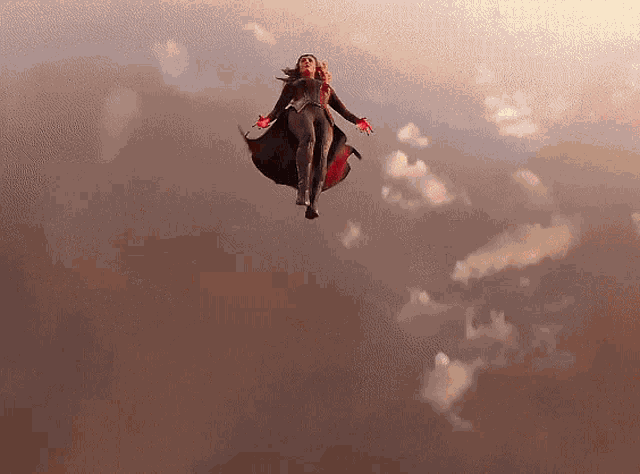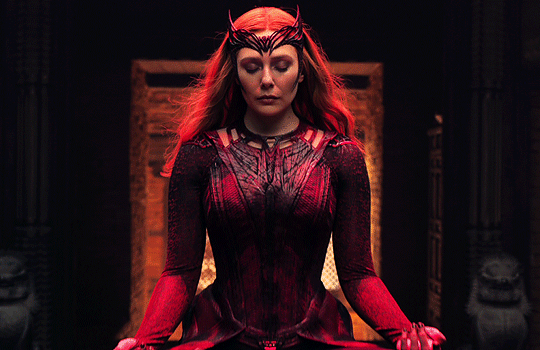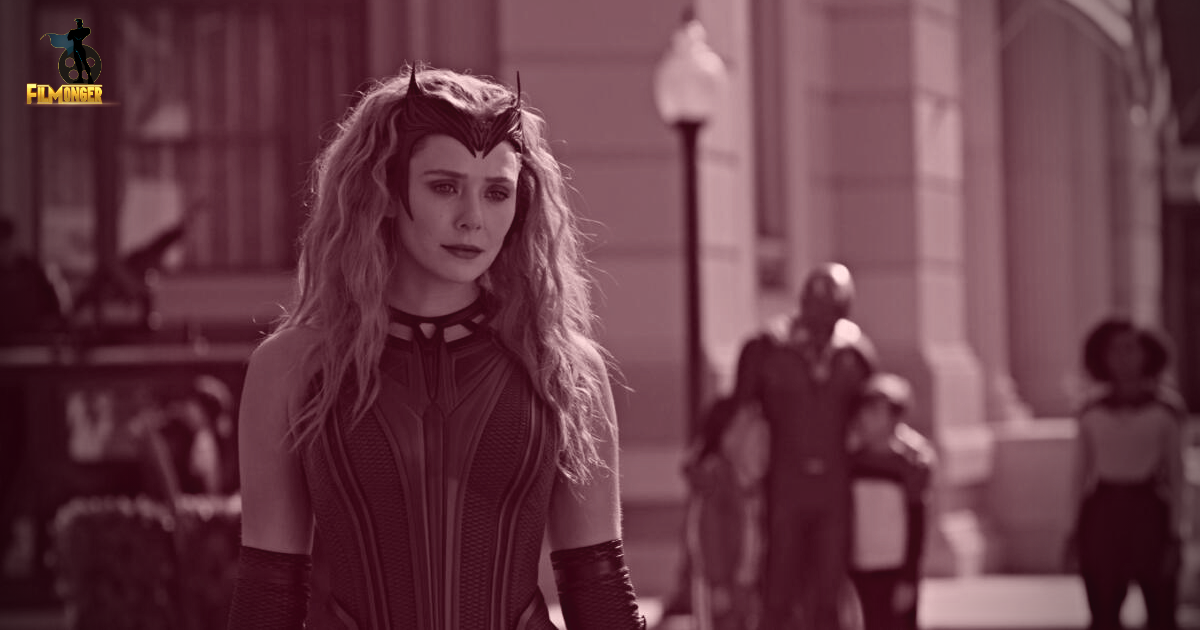Marvel shares the rationale behind the villainous transformation of Wanda Maximoff into Scarlet Witch, portrayed by Elizabeth Olsen in Doctor Strange 2.
In a groundbreaking revelation, Marvel Studios has pulled back the curtain on the dramatic shift in Elizabeth Olsen’s character, Wanda Maximoff, as she takes a startling turn from hero to villain in the much-anticipated Doctor Strange in the Multiverse of Madness.
For years, we’ve witnessed Olsen’s portrayal of the heroic sorceress, Wanda Maximoff, known as the Scarlet Witch, in a journey that led to unexpected depths. Following the tumultuous events of the Disney+ series, WandaVision, Doctor Strange 2 unveiled a darker side of the character, leaving fans and even Olsen herself astonished by this radical transformation into a villainous role in the 2022 MCU blockbuster.
Marvel’s Vision Behind Wanda’s Villainous MCU Turn

Marvel Studios executive Richie Palmer has now shared the intriguing rationale behind Wanda’s remarkable shift in Doctor Strange 2. Delving into Wanda’s complex comic history, Palmer emphasized that she has never been a stranger to morally ambiguous actions.
When you explore Wanda’s comic history, it becomes clear that she doesn’t always prioritize the greater good. In the comics, she has committed acts of violence and manipulated reality according to her own desires.
Marvel Studios felt compelled to honor this facet of her character from the source material, recognizing that it would be both entertaining and resonate with fans.
We’ve always maintained that this character exists in our universe, and we should stay true to what she represents in the comics. We believed that viewers would find it compelling to witness her darker side on the big screen.
Referencing the emotional rollercoaster of WandaVision, Palmer added that given the events of WandaVision, it’s natural for her character to explore darker territory.
WandaVision was a transformative journey for her character. Considering what she went through in that series, it’s unsurprising that she would embark on a more introspective, darker path. We’re exploring how the most powerful being in the universe grapples with the concept of happiness.
Marvel’s creative vision extends this theme to Doctor Strange himself, who, despite saving the world, grapples with his own pursuit of happiness. This shared existential struggle takes both characters on a wild journey.
Wanda perceives the Multiverse as a potential source of happiness and, as the Scarlet Witch, she’s not one to be easily deterred from her desires.
Was Elizabeth Olsen’s Villainous Role a Right Move?

As we reflect on Elizabeth Olsen‘s performance as an MCU villain more than a year after the release of Doctor Strange in the Multiverse of Madness, opinions remain divided. The character’s abrupt shift from hero to villain did not sit well with a significant portion of the fanbase, leading to a mixed reception of the film (currently holding a 73% rating on Rotten Tomatoes).
Many viewers felt that Wanda’s transformation undermined the events of WandaVision, a sentiment echoed by the series’ director, Matt Shakman, who described it as “a rapid descent into madness.” However, Shakman defended this transformation as earned, given Wanda’s possession of dark magic and the Darkhold in the final moments of the series.
Whether this shift in character was a triumph or a misstep is a matter of personal interpretation, but the rapidity of the change in the Sam Raimi-directed epic cannot be denied.
Should Elizabeth Olsen’s Scarlet Witch make a return (despite her apparent demise at the end of Multiverse of Madness), it’s clear that she will have some explaining to do regarding her villainous actions in the Doctor Strange sequel.
For now, Doctor Strange in the Multiverse of Madness is available for streaming on Disney+, inviting viewers to dive deeper into the complexities of Wanda Maximoff’s transformation and the broader implications for the Marvel Cinematic Universe.
